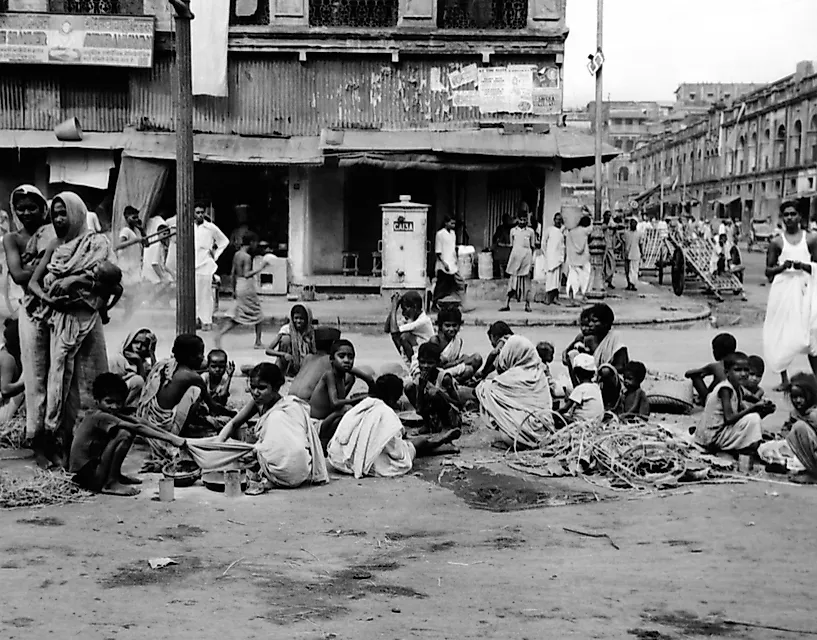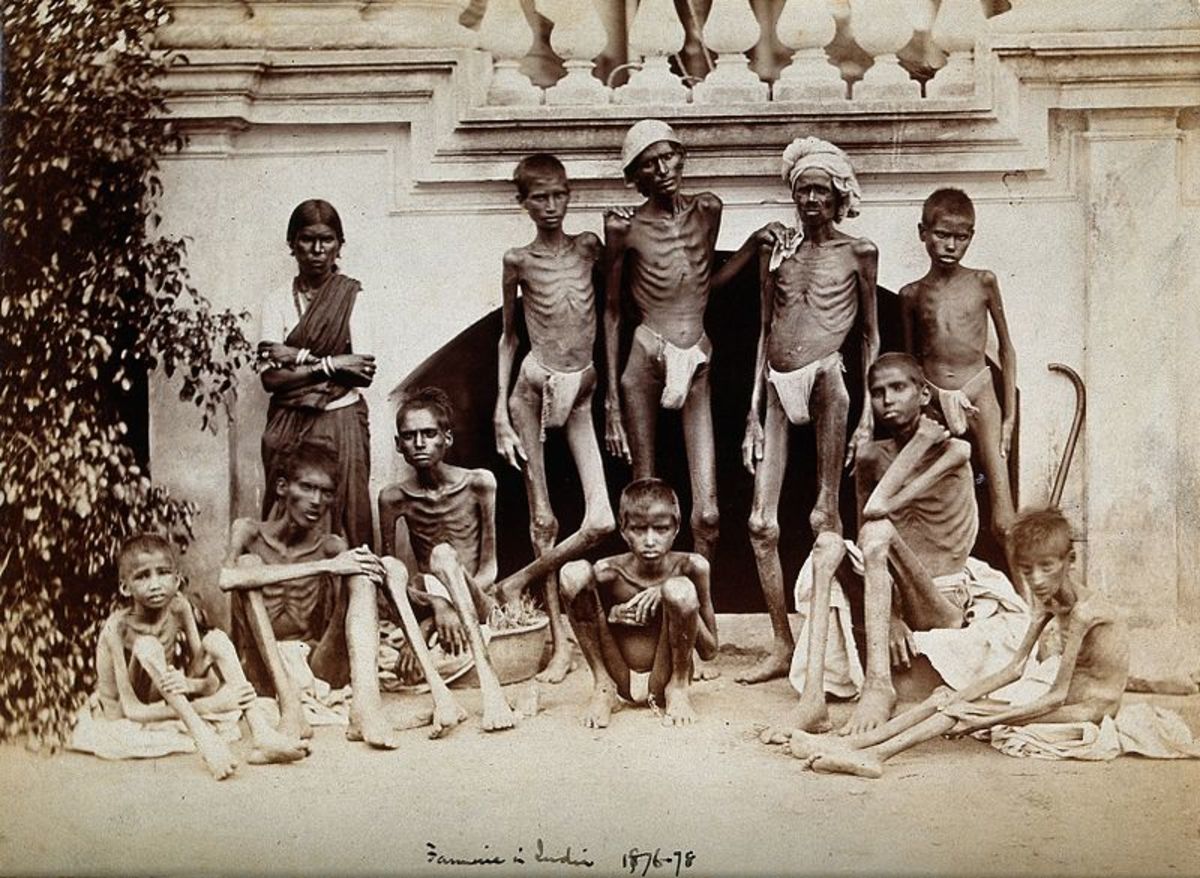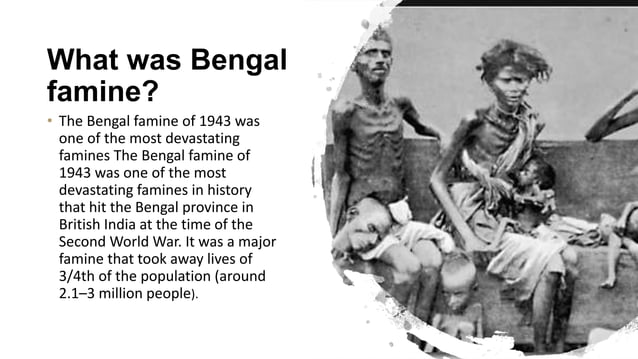Reference
:max_bytes(150000):strip_icc()/BengalFamineNov211943KeystoneHultonGetty-56a042155f9b58eba4af909a.jpg)



OpenAI's Answer
The Bengal famine of 1943 was one of the most severe crises in modern history, resulting in the deaths of approximately 2 to 3 million people in the Bengal region due to starvation, malnutrition, and disease. Multiple factors contributed to this devastating event:
-
Environmental Causes: There were natural disasters, including a cyclone in January 1943, which flooded rice fields with saltwater and destroyed crops. Additionally, the outbreak of the Helminthosporium oryzae fungus further damaged the remaining rice plants (source).
-
War-time Policies and Colonial Administration: The British colonial policies during World War II exacerbated the situation. The British prioritized military needs over civilian food supplies, leading to a lack of effective relief measures for the affected population. This has led historians to often describe the famine as "man-made" due to these colonial policies (source).
-
Economic Factors: Economic mismanagement and market failures also played a significant role. Speculative activities, inflation, and transportation disruptions due to the war contributed to food scarcity and increased prices.
-
Population Displacement and Public Health Crises: The movements of large numbers of people due to the war, coupled with poor sanitation and inadequate healthcare, led to outbreaks of diseases like malaria and cholera, further worsening the humanitarian disaster (source).
These factors combined to create a catastrophic situation that ultimately resulted in the loss of millions of lives. The famine led to severe criticisms of the British government's handling of the situation and has been a subject of extensive historical analysis regarding the impact of colonial rule on India (source).
Follow Up
Related
Who was the U.S. government purchasing agent that wrote about Mary Babnik Brown's hair in 1943?
How did the historical events, such as uprisings and wars, impact these synagogues?
What military campaigns did Aumont undertake in Burgundy and Brittany?
What events lead to Loren Stroop's tragic death during the snowstorm?